Artificial intelligence (AI) helps engineers build autonomous technologies that can work on their own. These systems can adapt and respond to changing environments.
In transportation, autonomous systems are growing fast. Today’s consumer vehicles have automated and assistive technology, but they are not fully autonomous yet. Partnering with an ai development company can help improve these systems faster.
Levels of Vehicle Automation

The Society of Automotive Engineers and the U.S. National Highway Traffic Safety Administration use six automation levels:
- Level 0 – Temporary driver assistance
- Level 1 – Automation for one task
- Level 2 – Multiple features like lane keeping and cruise control
- Level 3 – Mostly automated, some human input
- Level 4 – Highly automated, minimal human input
- Level 5 – Fully automated, no human driver
Right now, only levels 0, 1, and 2 are sold in the U.S.
How Artificial Intelligence is Shaping Self-Driving Car

Artificial intelligence (AI) is transforming the automotive industry. It is central to the rise of self-driving cars. Humans drive safely in busy areas by watching and listening to everything around them. Computers find this hard to copy.
Self-driving cars must notice traffic lights, pedestrians, other cars, roadworks, and weather like rain, fog, or snow. The AI predicts what will happen next and decides the safest action, like applying brakes or avoiding obstacles.
Cars use AI hardware, software, and sensors together. This helps them predict traffic, avoid obstacles, and make fast decisions. Neural networks help cars by looking at sensor data and learning to drive better over time. Each AI improvement helps cars get closer to driving fully on their own.
Modern autonomous vehicles include three main components: AI hardware for data processing, autonomous software for navigation and prediction, and advanced sensors like cameras, LiDAR, and radar. This integration enables AI for self-driving systems to work safely in complex traffic. AI updates keep cars safer and more reliable over time.
Partnering with an AI development company helps accelerate innovation. Such companies provide solutions for AI in mobility, autonomous software, and real-time decision-making systems. They focus on AI technology, sensor integration, and AI applications for safer and smarter vehicles.
Recent AI breakthroughs include better vehicle prediction, smarter obstacle avoidance, and advanced learning for changing environments. These advances make autonomous vehicles safer and more efficient, helping AI in transportation grow rapidly
The Car as a Data Centre on Wheels
AI is now part of our daily life. We may not see it, but AI works when we search online, make payments, or edit photos.
Through neural networks, AI has put the “smart” in smartphones. Now, it brings intelligence to smart cars. Car makers and start-ups use AI to make fully autonomous cars that drive safely on their own.
Cars use computer vision to see around them and act faster than humans in dangerous spots.
Neural Networks and Machine Learning
Neural networks copy how the brain works. They help cars recognize objects and patterns quickly.
In self-driving cars, neural networks spot people, cars, traffic lights, and obstacles on the road. Neural networks need strong processors. Today’s computers make them fast and practical for real-time car decisions.
Hardware Advancements for AI in Vehicles
Neural networks first ran on CPUs. GPUs then gave a massive speed boost due to parallel processing. Now, neural network accelerators are designed specifically for AI tasks.
They use less power than GPUs and are great for running AI inside the car. Using AI hardware with software lets cars process lots of data inside the vehicle. This improves AI efficiency, reaction times, and overall vehicle safety.
How AI Sees and Reacts
For self-driving cars, computer vision is essential. Cameras, LiDAR, and radar feed data into AI software. The system performs object recognition and pattern recognition to predict hazards.
It then chooses the safest action, like braking or avoiding obstacles. AI in mobility reacts faster than humans. It calculates countless scenarios in real-time, reducing accidents and enhancing safety
AI Breakthroughs in Automotive
Recent AI breakthroughs include faster pattern recognition, efficient object detection, and improved AI decision-making.
Special processors now let cars run AI instantly on board, without cloud delays. These advances make self-driving cars safer, smarter, and more reliable. They also open new opportunities for AI in automotive, AI in transportation, and AI for self-driving applications.
Role of AI Development Companies
Partnering with an AI development company accelerates innovation in AI technology. They optimize AI software, integrate AI hardware, and deploy machine learning models for smart cars.
They test AI in real-world driving to ensure safety and efficiency. AI and neural networks work together to make vehicles faster, smarter, and more reliable.
Autonomous Vehicle Benefits

The American computer scientist Eliezer Yudkowsky warns that the biggest danger of AI is thinking we understand it too soon. In reality, most people don’t. AI and cars share a long history.
Scientists dreamed of intelligent machines that could think and act independently. This dream gave rise to autonomous vehicles or self-driving cars, now a remarkable AI technology innovation.
1. Detection Algorithms
Self-driving cars use AI to detect objects. They gather and analyze data to make quick decisions.
For example, cars can detect potential collisions ahead or behind and take immediate action. Self-driving cars use five core components: computer vision, sensor fusion, localization, path planning, and control. AI can spot people, cars, cyclists, and obstacles up to 300 yards away. Algorithms suggest alternative routes based on live traffic, making driving safer.
2. Autopilots
Tesla and other companies have electric cars with autopilots. These allow automatic steering, accelerating, braking, lane changing, and parking.
Beyond convenience, autonomous vehicles reduce emissions compared to fuel-driven vehicles. They are active in cities and autonomous trucks for long deliveries. This lowers transportation costs and reduces human error, saving lives.
3. AI-enhanced Features
Modern vehicles include AI-enhanced features like personal AI assistants, radar detectors, and cameras for security.
They learn driver behaviors, including speed, car temperature, traffic observance, mood, and music preferences. By rating driving skills, self-driving cars help improve habits and reduce risky behaviors.
Autonomous Vehicle Drawbacks

Despite advances, autonomous vehicles have some drawbacks.
1. Limited Operating Conditions
They work best in narrow, controlled situations and clear weather. Sensors struggle in fog, rain, and snow.
2. Dependence on Maps and Sensors
They rely on maps for self-driving cars. Test areas are limited, and building maps for 4 million miles of U.S. roads is challenging.
3. Safety Concerns with Tesla
They rely on maps for self-driving cars. Test areas are limited, and building maps for 4 million miles of U.S. roads is challenging.
4. Social Interaction Challenges
AI cannot handle tricky situations with drivers, cyclists, or pedestrians. It doesn’t have common sense yet.
5. Autopilot Detection Issues
Tesla’s Autopilot struggles to detect flashing lights, road cones, and emergency vehicles, especially in dark conditions, revealing Autopilot’s flaws.
6. Cybersecurity Risks
Smart cars can be hacked, causing crashes, traffic delays, and even injuries. Partnering with an AI development company helps ensure security.
7. ADAS and Crash Concerns
Tesla’s advanced driver assistance system (ADAS) has been linked to crashes and fatalities. Sometimes, the system stops working right before a crash, showing self-driving risks.
The Self-Driving Car is Becoming a Reality
The self-driving car is becoming real. AI technology and neural networks let cars sense their environment, make decisions, and drive safely. Autonomous cars use AI models to detect traffic, obstacles and drive efficiently.
Running AI Models on Edge Devices
Today, AI models run directly on an edge device, like a vehicle. Earlier, cars used cloud computing, which caused delays. Data had to travel to a data centre and back. Now, neural networks run locally, inside the car. This makes vehicles faster, safer, and more reliable.
The car becomes a data centre on wheels. Tasks that needed large data centres now run in the cloud. Local AI processing improves speed, functional safety, and reliability with low power use.
Benefits of Local Neural Network Processing

Running neural networks locally has many benefits:
- Faster decisions: Cars react immediately to traffic, pedestrians, and obstacles.
- Better safety: No delay from cloud connections.
- Multi-core flexibility: Onboard processors manage several tasks at once.
- Low power use: AI in vehicles runs efficiently and saves energy.
These improvements make autonomous vehicles smarter and safer. AI hardware and AI software work together to handle complex driving reliably.
Transforming the Automotive Sector
With AI applications on edge devices, the automotive sector is changing fast. Cars can think for themselves. They see their surroundings, predict risks, and act safely without human help.
Partnering with an AI development company speeds up innovation. These companies integrate AI models, neural networks, and AI software. They test AI applications, boost AI efficiency, and ensure cars work safely in real conditions.
Conclusion
The age of the autonomous car is here. AI models, neural networks, and edge computing make vehicles data centres on wheels. Local processing improves functional safety, increases multi-core flexibility, and reduces power consumption. Working with an AI development company ensures the best AI technology is applied. AI in vehicles is making fully autonomous cars smarter, safer, and ready for everyday use.



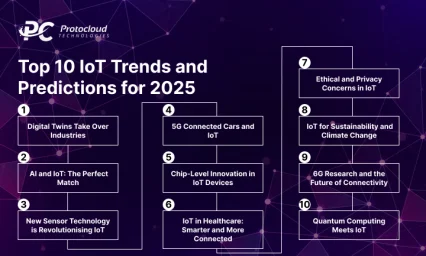

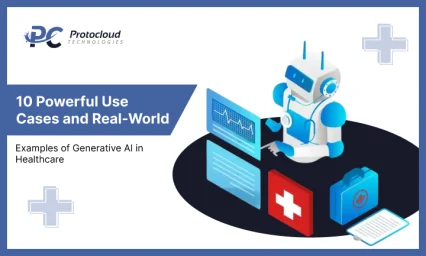



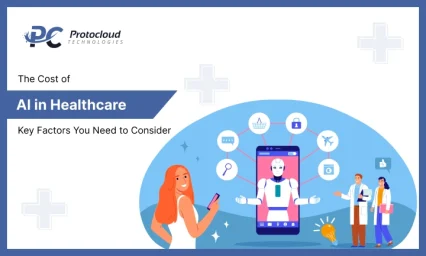

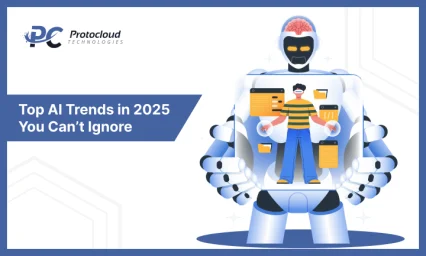
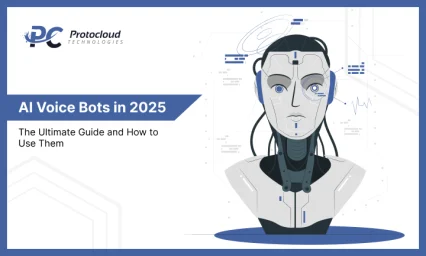
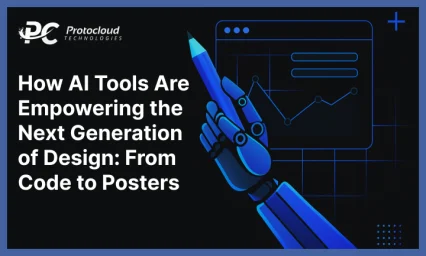
Leave a Reply